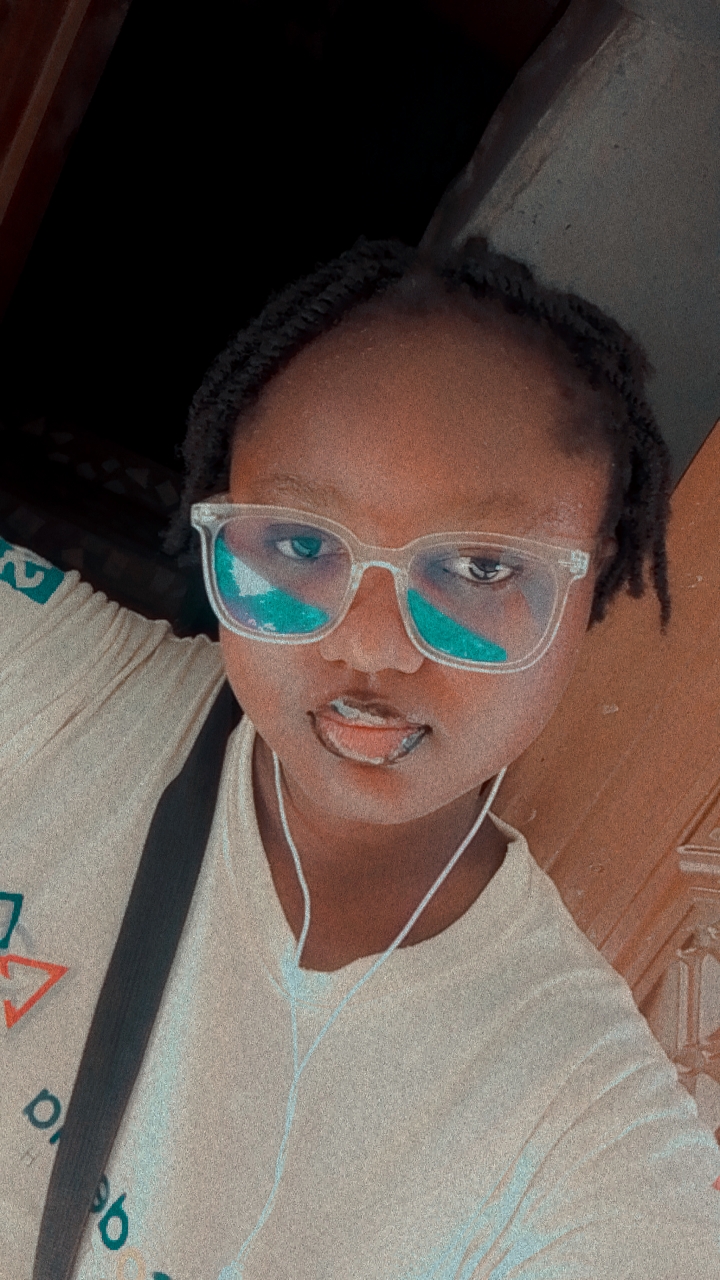Building a Strong Resume and Cover Letter
🎀Where Girls & Women Grow Together / Forums / 👧🏽 Teen Forum: Your Space. Your Voice. Your Vibes / Career Advice & Planning / Building a Strong Resume and Cover Letter
- This topic has 20 replies, 21 voices, and was last updated 10 months, 3 weeks ago by
Zainab Onipede.
-
CreatorTopic
-
Explore best practices for creating a resume and cover letter that stand out. Share advice on how to highlight skills, experience, and education to appeal to potential employers.
-
CreatorTopic
-
AuthorReplies
-
-
 ✨ Vibe Points: 88🏅 Rank: 🌟 Rising Star
✨ Vibe Points: 88🏅 Rank: 🌟 Rising StarWhen I was building my resume, I made sure to include not only my academic achievements but also extracurricular activities. Employers like to see that you’re well-rounded, so I highlighted my leadership roles in school clubs. For my cover letter, I focused on why I was passionate about the role and how my experience aligned with the job.
-
 ✨ Vibe Points: 77🏅 Rank: 🌟 Rising Star
✨ Vibe Points: 77🏅 Rank: 🌟 Rising StarI learned that tailoring your resume for each job application is key. I used keywords from the job description to match the skills and experiences I listed. In my cover letter, I always start with a strong introduction that explains why I’m excited about the company and the position.
-
 ✨ Vibe Points: 16🏅 Rank: 🧢 Newbie
✨ Vibe Points: 16🏅 Rank: 🧢 Newbie -
 ✨ Vibe Points: 16🏅 Rank: 🧢 Newbie
✨ Vibe Points: 16🏅 Rank: 🧢 NewbieMy biggest tip for building a strong resume is to quantify your achievements wherever possible. For example, instead of just saying I helped organize events, I mentioned how I coordinated a team of 10 and raised $5,000 for charity. It makes a big difference to employers!
-
 ✨ Vibe Points: 16🏅 Rank: 🧢 Newbie
✨ Vibe Points: 16🏅 Rank: 🧢 Newbie -
 ✨ Vibe Points: 16🏅 Rank: 🧢 Newbie
✨ Vibe Points: 16🏅 Rank: 🧢 Newbie -
 ✨ Vibe Points: 16🏅 Rank: 🧢 Newbie
✨ Vibe Points: 16🏅 Rank: 🧢 NewbieI created a resume template that’s visually appealing but still professional. Employers are looking for something easy to read but also impressive. I also focus on writing a cover letter that shows my personality while highlighting why I’m the right fit for the job.
-
 ✨ Vibe Points: 16🏅 Rank: 🧢 Newbie
✨ Vibe Points: 16🏅 Rank: 🧢 Newbie -
 ✨ Vibe Points: 16🏅 Rank: 🧢 Newbie
✨ Vibe Points: 16🏅 Rank: 🧢 Newbie -
 ✨ Vibe Points: 16🏅 Rank: 🧢 Newbie
✨ Vibe Points: 16🏅 Rank: 🧢 Newbie -
✨ Vibe Points: 0🏅 Rank: 🧢 NewbieOctober 1, 2024 at 1:53 pm #10876
I was advised to include volunteer work on my resume, especially if it relates to the job. Employers like to see that you’ve contributed to your community. In my cover letter, I highlight any internships or projects that have given me relevant experience.
-
✨ Vibe Points: 0🏅 Rank: 🧢 Newbie
Creating a strong resume means highlighting your strengths, even if you don’t have a lot of work experience yet. I focus on skills I’ve developed through school and extracurricular activities. In my cover letter, I make sure to express my eagerness to learn and grow in the role.
-
✨ Vibe Points: 0🏅 Rank: 🧢 NewbieOctober 1, 2024 at 1:56 pm #10878
One thing that worked for me is to keep my resume to one page. Employers appreciate a concise and focused resume. In my cover letter, I focus on my most relevant experience and how it’s prepared me for the position I’m applying for.
-
✨ Vibe Points: 0🏅 Rank: 🧢 NewbieOctober 1, 2024 at 1:58 pm #10879
My advice is to use a clean, professional format for your resume, with consistent fonts and spacing. For my cover letter, I make sure to personalize it for each job, explaining why I’m interested in the company and how I can make a difference.
-
✨ Vibe Points: 6🏅 Rank: 🧢 NewbieOctober 1, 2024 at 1:59 pm #10880
Adding a skills section to my resume was really helpful because it gave potential employers a quick overview of my abilities. In my cover letter, I talk about how my skills and experiences will allow me to contribute to the company’s goals.
-
 ✨ Vibe Points: 6🏅 Rank: 🧢 Newbie
✨ Vibe Points: 6🏅 Rank: 🧢 Newbie -
✨ Vibe Points: 0🏅 Rank: 🧢 NewbieOctober 1, 2024 at 2:02 pm #10882
I put my strongest skills at the top of my resume to catch the employer’s attention right away. In my cover letter, I mention specific things I admire about the company and explain how my background aligns with their mission.
-
✨ Vibe Points: 0🏅 Rank: 🧢 Newbie
-
✨ Vibe Points: 0🏅 Rank: 🧢 NewbieOctober 1, 2024 at 2:06 pm #10884
I always proofread my resume to make sure there are no mistakes. Even small errors can make a bad impression. In my cover letter, I try to be confident but not boastful, showing that I’m excited about the opportunity without exaggerating my abilities.
-
✨ Vibe Points: 106🏅 Rank: 🌟 Rising StarOctober 1, 2024 at 2:07 pm #10885
On my resume, I include a section for achievements and awards, which helps highlight my successes. For my cover letter, I focus on what I can offer the company and how my past experience has prepared me for the role.
-
-
AuthorReplies
- You must be logged in to reply to this topic.
